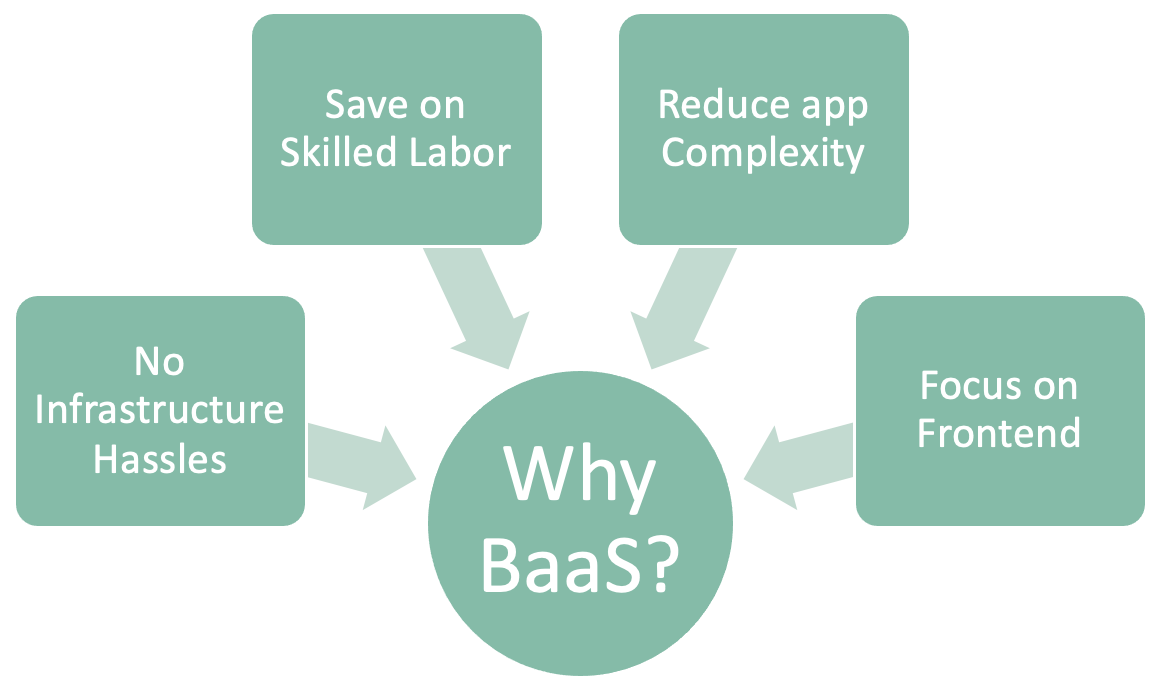Finding the Ideal Cloud Mix for Your Business: Unveiling the Optimal Strategies
Picture this: you’re a business owner, navigating the vast landscape of technology and searching for the perfect cloud solutions to unlock your business’s full potential & bring your company forward. The world of cloud computing offers endless possibilities, but how do you find that ideal mix that fits all your business needs? In this blog post, we’ve gathered the optimal strategies for finding the ideal cloud mix for your business, where efficiency meets flexibility and scalability intertwines with security.
The best cloud mix for your business
When it comes to finding the best cloud mix for your business, there is no one-size-fits-all solution. Every company has unique needs and requirements that must be taken into consideration. The key is to find a balance between various cloud services that align with your specific goals.
One important factor to consider is scalability. As your business grows, you want a cloud mix that can easily scale up or down to accommodate changing demands. This means choosing providers who offer flexible resources and allow you to add/remove services as needed. Security should also be a top priority when selecting your cloud mix. It’s essential to partner with reputable providers who have robust security measures in place, such as encryption protocols and regular data backups.
Another crucial element is cost-effectiveness. While the benefits of the cloud are undeniable, it’s vital to choose services that fit within your budget without compromising on quality. Look for providers offering competitive pricing models and transparent billing practices.
Integration capabilities are also worth considering when building your ideal cloud mix. You want solutions that seamlessly integrate with existing systems and applications, allowing for smooth workflow transitions and minimizing disruption during implementation.
Don’t forget about support and reliability. Choose service providers known for their excellent customer support track record, ensuring prompt assistance whenever issues arise. Additionally, opt for reliable platforms with minimal downtime guarantees so you can keep operations running smoothly at all times.
By carefully evaluating these factors – scalability, security, cost-effectiveness, integration capabilities, support, and reliability – you can create a customized blend of cloud solutions tailored precisely to meet the unique needs of your business.
How to find the ideal cloud mix for your business
With the increasing popularity and adoption of cloud computing, finding the ideal cloud mix for your business has become crucial. But how do you navigate through the sea of options and find the perfect fit? Here are some strategies to help you make an informed decision.
- Assess your business needs. What are your specific requirements? Do you need a public, private, or hybrid cloud solution? Consider factors such as security, scalability, and cost-effectiveness. Conducting a thorough analysis will give you clarity on what type of cloud mix suits your business best.
- Consider the expertise required to manage your chosen cloud mix. Do you have an in-house IT team with adequate skills or would it be more feasible to outsource management to a third-party provider? Evaluating the available resources and capabilities will help ensure smooth implementation and ongoing maintenance.
- Let’s not forget about interoperability. Will your chosen cloud mix seamlessly integrate with existing systems and applications? Compatibility is key to avoiding disruptions in operations during migration or integration processes.
- Furthermore, take into account data governance regulations that may apply to your industry or region. Compliance with these regulations is essential for protecting sensitive customer information and avoiding legal consequences.
- Stay updated on emerging technologies and trends in cloud computing. The landscape is ever-evolving, so being aware of new solutions can help future-proof your business’s infrastructure.
Finding the ideal cloud mix requires careful consideration of various factors unique to each organization. By following these strategies tailored specifically for your business needs, you’ll be able to identify a well-suited combination that maximizes efficiency while minimizing risks!
Conclusion
In today’s rapidly changing business landscape, digital transformation has become an essential element for companies. Finding the ideal cloud mix for your business is a crucial decision that can have a significant impact on its success. It requires careful deliberation based on an in-depth analysis of your business requirements. By understanding the different types of cloud computing and how they can benefit your organization, you can make informed choices that align with your specific needs and goals. Whether it’s public, private, or hybrid clouds, each option offers unique advantages that can enhance your business operations. All you need is to assess your current infrastructure, consider scalability requirements, evaluate security measures, and analyze cost considerations when determining the optimal cloud mix.
Additionally, keep in mind that flexibility is key in today’s rapidly evolving digital landscape. As technologies continue to advance and new opportunities arise, regularly reassessing your cloud mix will ensure that you stay ahead of the competition and meet ever-changing customer demands. With proper planning and strategic decision-making processes in place, you can create a customized blend of cloud solutions that maximize efficiency while minimizing costs. We at Xorlogics, help companies to embark on their digital journey so they can unlock new opportunities for growth and innovation within their organization!


